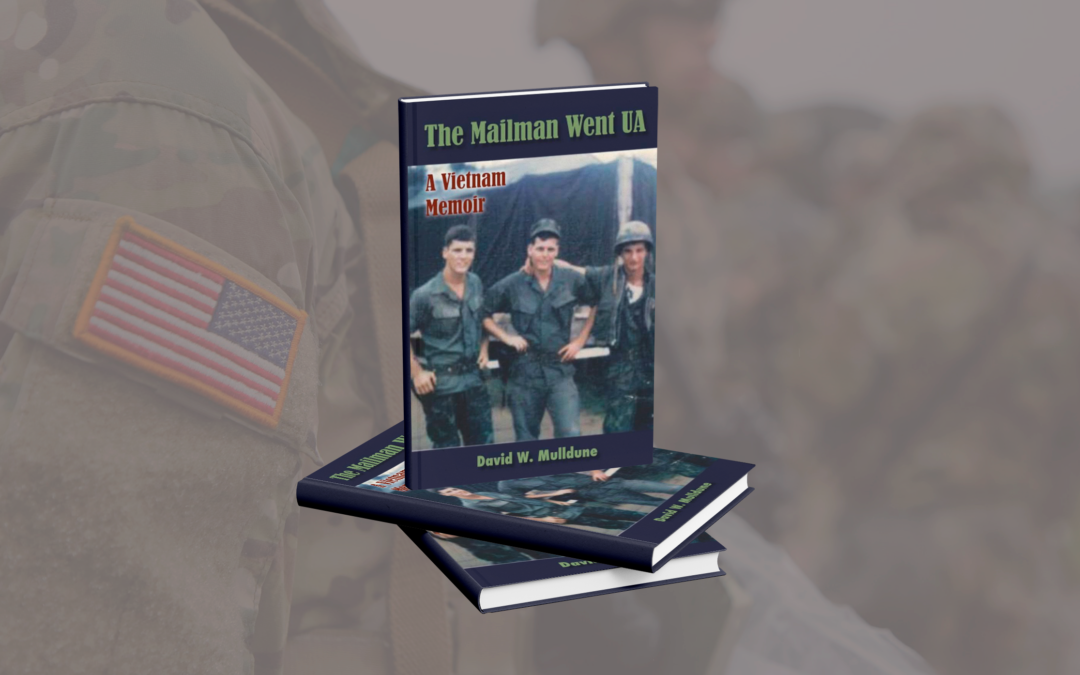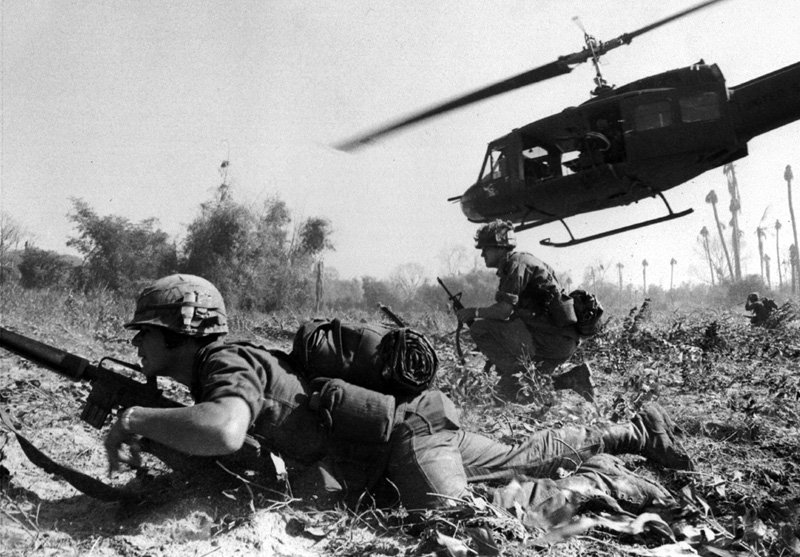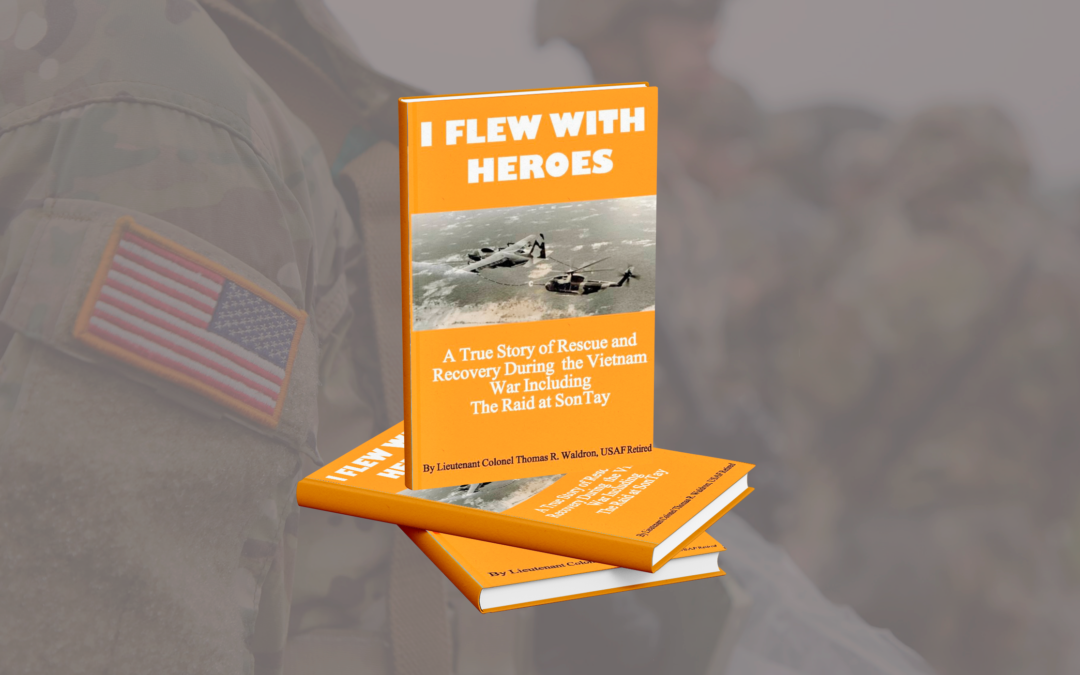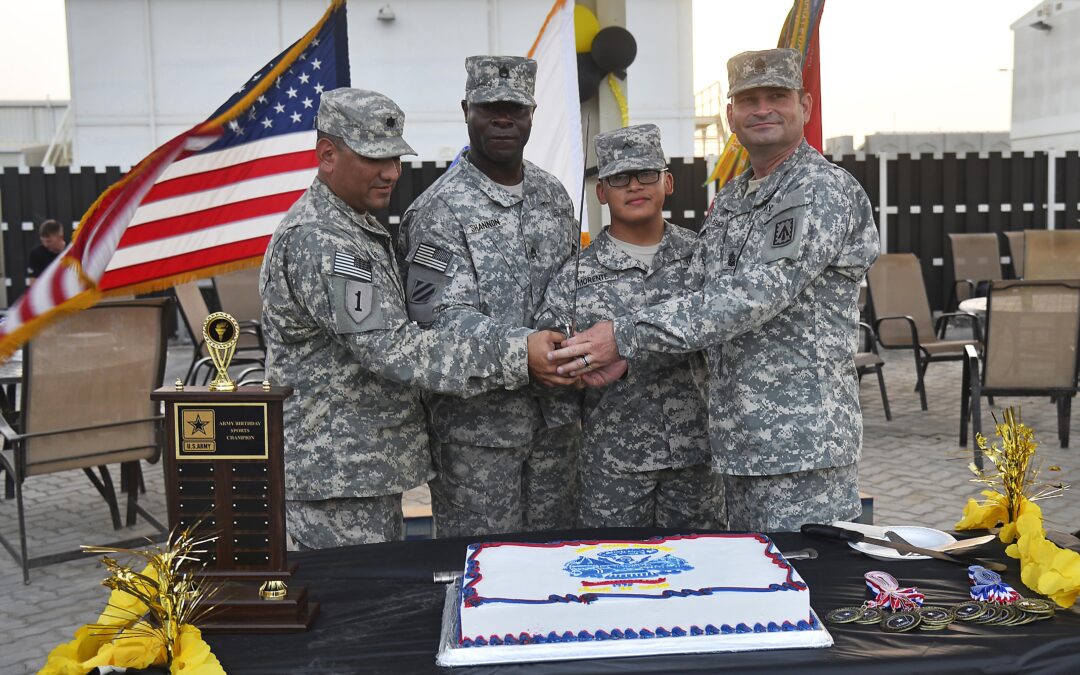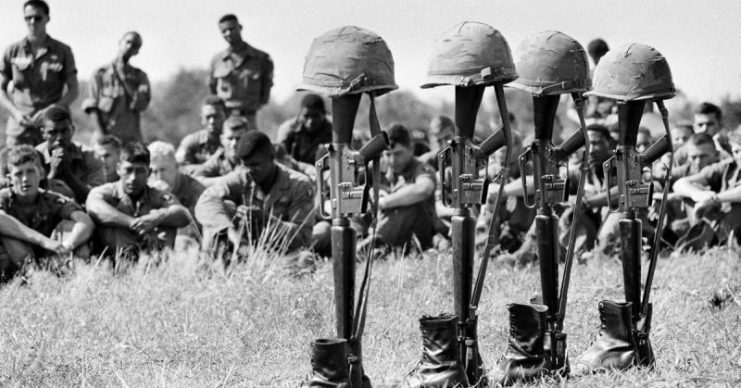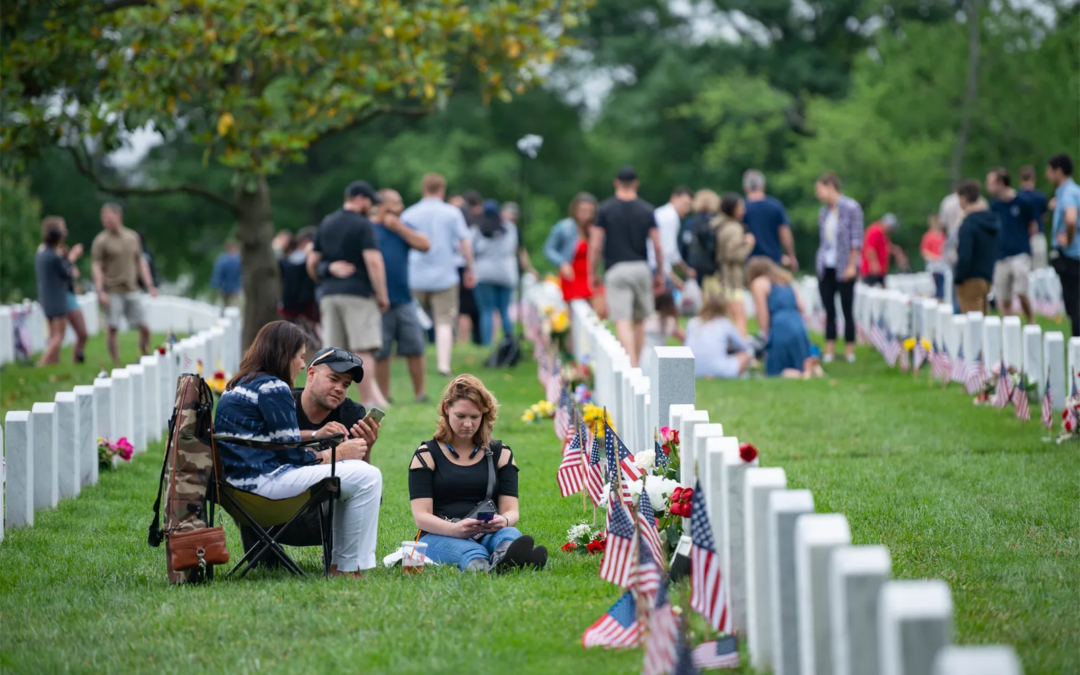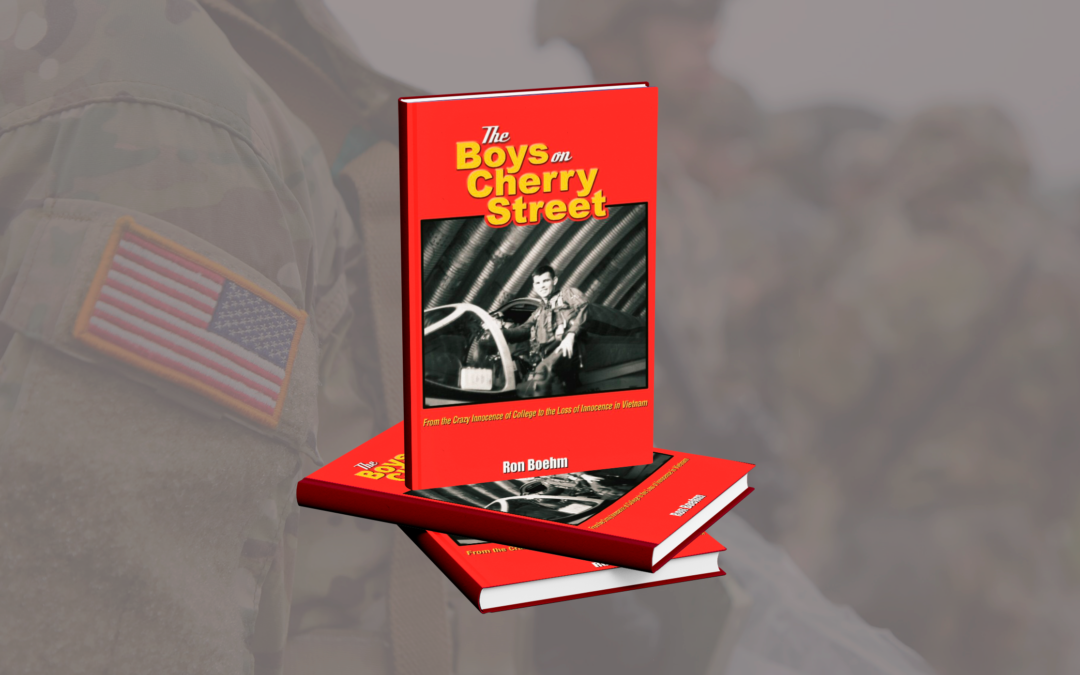"…Though some go curving down the trailTo seek a warmer scene.No Trooper ever gets to HellEre he's emptied his canteen.And so rides back to drink againWith friends at Fiddlers' Green." The 1st Cavalry Division (Airmobile) is respected for its lore and insignia, its mottos "[America's] First Team," "The Ground You Stand Upon," or "Live The Legend" and its traditions. The poem "Fiddler's Green" is noteworthy within the 1st Cavalry Division; it acknowledges cavalry history and sacrifices of its...

